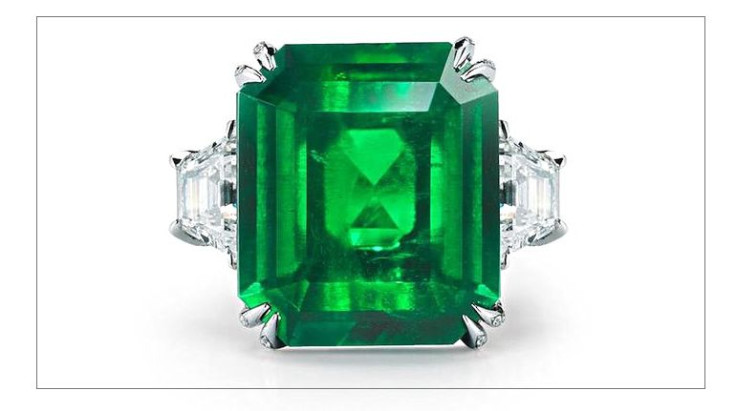How Quickly Can Gemstones Form? Study Shows Crystals In Pegmatite Rocks Take Just Minutes
KEY POINTS
- Researchers said some gemstones found in pegmatite rocks took just minutes to form
- Some of them grew at a rate of up to three feet a day
- Pegmatites are extreme igneous rocks formed in the Earth's molten mantle
Some of Earth's finest gemstones are formed in a matter of minutes, says a new study.
According to a team of researchers, crystals found in extreme igneous rocks called pegmatites took just minutes to form, and some of them grew up to three feet a day.
Pegmatites form when magma crystallizes inside Earth. These igneous rocks contain huge crystals and rare elements that are not found in other types of rocks. For example, the Etta mine in South Dakota has many crystals as big as logs, including a formation of lithium-rich spodumene that stretches up to 42 feet in length and weighs 37 pounds.
"Pegmatites cool relatively quickly, sometimes in just a few years, and yet they feature some of the largest crystals on Earth," said Cin-Ty Lee, a co-author and chair of the Department of Earth, Environmental and Planetary Sciences at Rice University, in a press release.
In a study published in Nature Communications, a team of scientists tried to find out how such large crystals are formed in pegmatites at a rapid pace while the process takes tens of thousands of years in other rock forms. They concluded that pegmatites may have stored enough water during the cooling process, hence its ability to grow precious stones is a "few orders of magnitude faster than anyone had predicted."

Some of the gemstones found in pegmatites are aquamarine, emerald, garnet, zircon and topaz. At the same time, harder-to-find elements like tantalum and niobium are also found in them. Most interestingly, lithium, which is a crucial component in making electric car batteries, is also very common in pegmatites.
The team explained that pegmatites form in the Earth's molten mantle. The melting process can trap waters in the crust that would become part of the molten mantle. Over time, minerals form and the process of precipitation happens. The water that formed part of the molten mantle, however, remains and plays a significant role in pegmatites' ability to grow gemstones.
"Eventually, you get so much water leftover that it becomes more of a water-dominated fluid than a melt-dominated fluid," Patrick Phelps, Rice University graduate student and co-author of the study, said in a press release.
"The leftover elements in this watery mixture can now move around a lot faster. Chemical diffusion rates are much faster in fluids and the fluids tend to flow more quickly. So when a crystal starts forming, elements can get to it faster, which means it can grow faster," Phelps explained.
© Copyright IBTimes 2024. All rights reserved.











